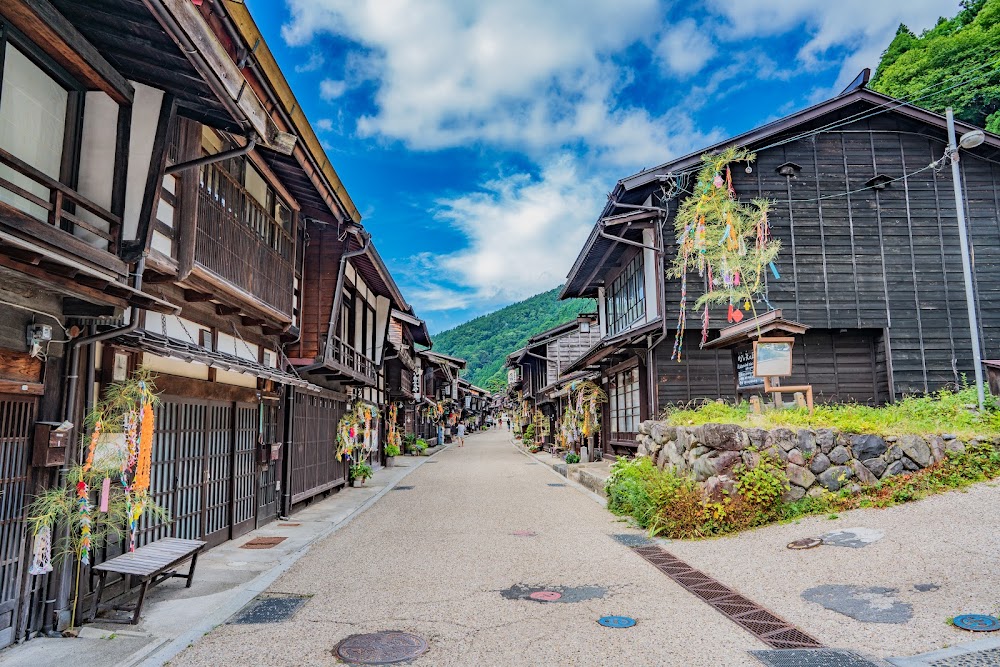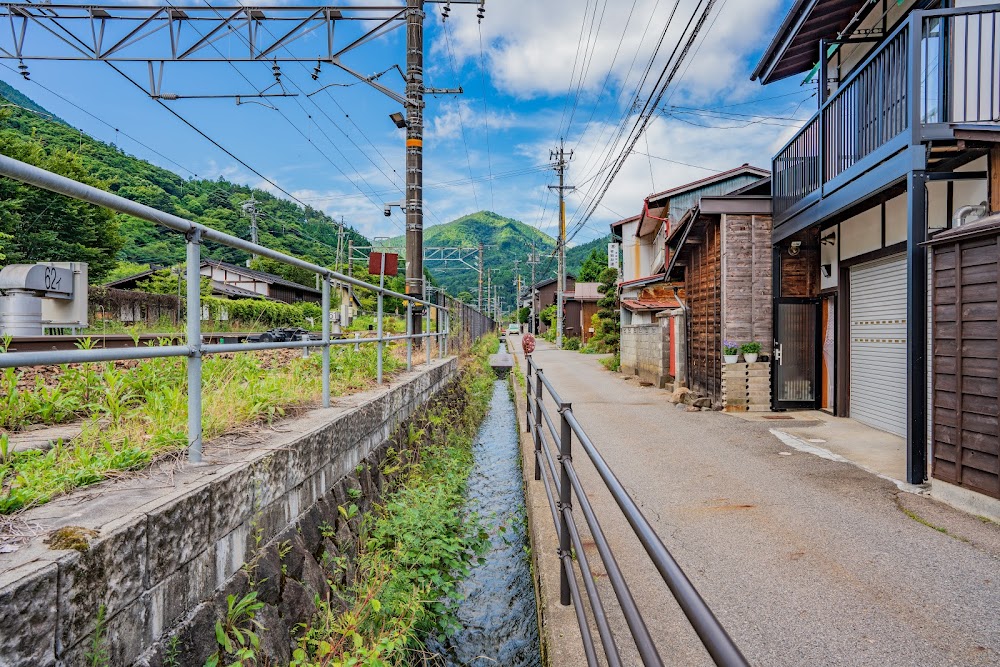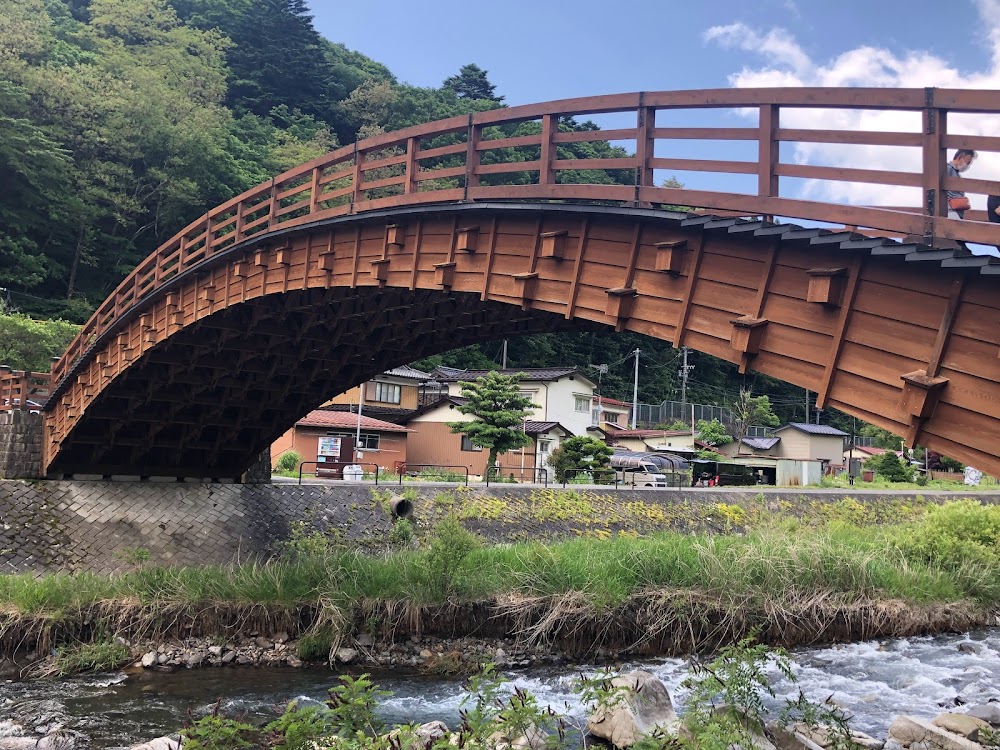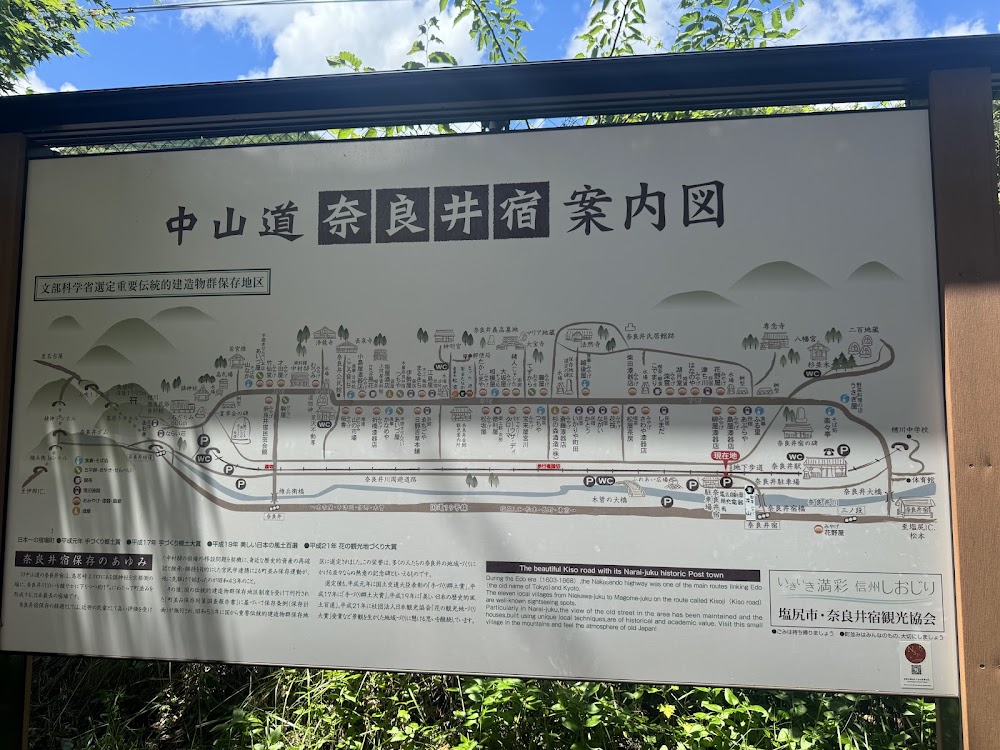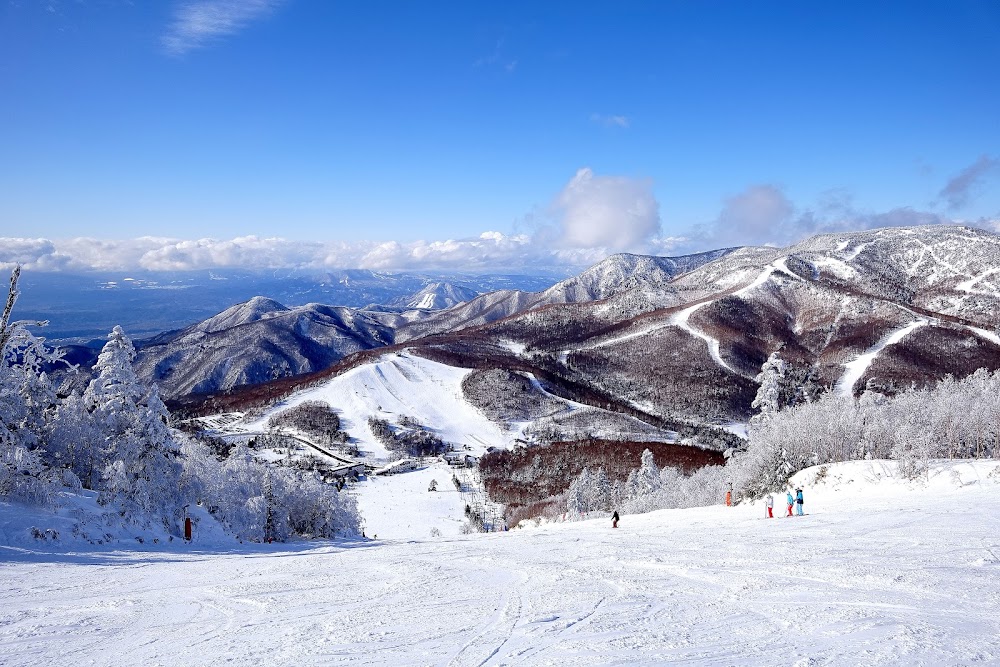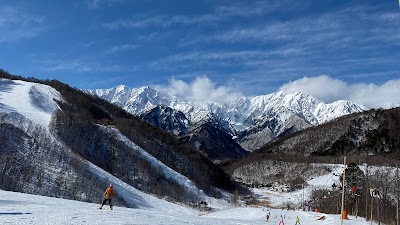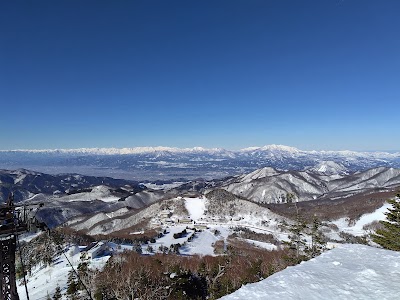Narai-juku (奈良井宿)
Related Places
Overview
**Narai-juku: A Journey Through Time in the Kiso Valley**
Nestled in the picturesque Kiso Valley of Nagano Prefecture, Japan, **Narai-juku** is a historical post town that offers a fascinating glimpse into the Edo period (1603-1868). As one of the sixty-nine stations along the Nakasendō route, it served as a vital link between Kyoto and Edo (modern-day Tokyo), accommodating travelers, daimyo (feudal lords), merchants, and pilgrimsjourneying between Japan's political and cultural centers.
Often referred to as **"Narai of a Thousand Houses,"** Narai-juku is celebrated for being one of the best-preserved post towns in Japan. Its history dates back to the early 17th century, a time when it thrived under the Tokugawa shogunate, which constructed the Nakasendō to facilitate efficient governance and economic control.
The town's preservation can be attributed to its **geographical location**, nestled amidst the mountainous terrain of the Kiso Valley. This natural barrier limited outside access and ultimately shielded Narai-juku from the rapid modernization that transformed other regions of Japan in the late 19th and early 20th centuries.
Walking through Narai-juku, visitors can admire the **architectural elegance** of the Edo period, with its charming streets lined with wooden machiya (townhouses) meticulously maintained or restored. The two-story buildings feature dark wooden facades, lattice doors, and tiled roofs, while the interiors showcase tatami-mat flooring, sliding paper doors (shoji), and inviting wooden verandas.
For those interested in history, **Narai-juku** boasts several significant landmarks. The Narakawa History and Folklore Museum, once a private residence, offers insights into the daily life, culture, and art of Edo period residents. Additionally, the Nakamura Residence allows visitors to glimpse the opulent lifestyle of a wealthy merchant family from that era.
The town's layout continues to reflect its traditional roots, featuring a central main street flanked by merchants' houses, inns, and tea houses. The honjin and waki-honjin, the main inns that catered to high-ranking officials and samurai, stand as testaments to Narai-juku's historical importance. Travelers can even experience a stay in some of the converted inns, which retain their historic charm.
Among Narai-juku's cultural treasures is the **Ohtaki Shrine**, a vital hub for local festivals and spiritual gatherings. The surrounding Kiso Valley enhances the town's allure, with its lush forests and the serene Kiso River providing a stunning backdrop that adds to Narai-juku's historical significance and its appeal as a tourist destination.
The preservation of Narai-juku is a result of dedicated efforts by local residents and government authorities, with regulations in place to protect the traditional landscape and historical buildings. These initiatives ensure that the town's unique cultural heritage is passed down through generations.
Visitors to Narai-juku can partake in several annual events and festivals that celebrate the town’s rich heritage. The **Narai-juku Post Town Festival**, for example, showcases traditional music, parades, and performances, fostering a strong connection to the town’s historic roots.
Despite its small size and tranquil atmosphere, Narai-juku offers modern amenities without sacrificing its historic ambiance. Tea houses, souvenir shops, and eateries provide a taste of traditional Japanese hospitality, while local delicacies like soba noodles and gohei mochi (grilled rice cakes) offer a delicious culinary window into the past.
In conclusion, Narai-juku stands as a remarkable blend of **history and living cultural heritage**. This combination of authenticity, natural beauty, and careful preservation makes it a valuable destination for anyone interested in delving into Japan's rich historical and cultural tapestry. With its cobbled streets, Edo-style architecture, and stunning mountain vistas, Narai-juku invites you on a timeless journey back to a more tranquil and storied era.


